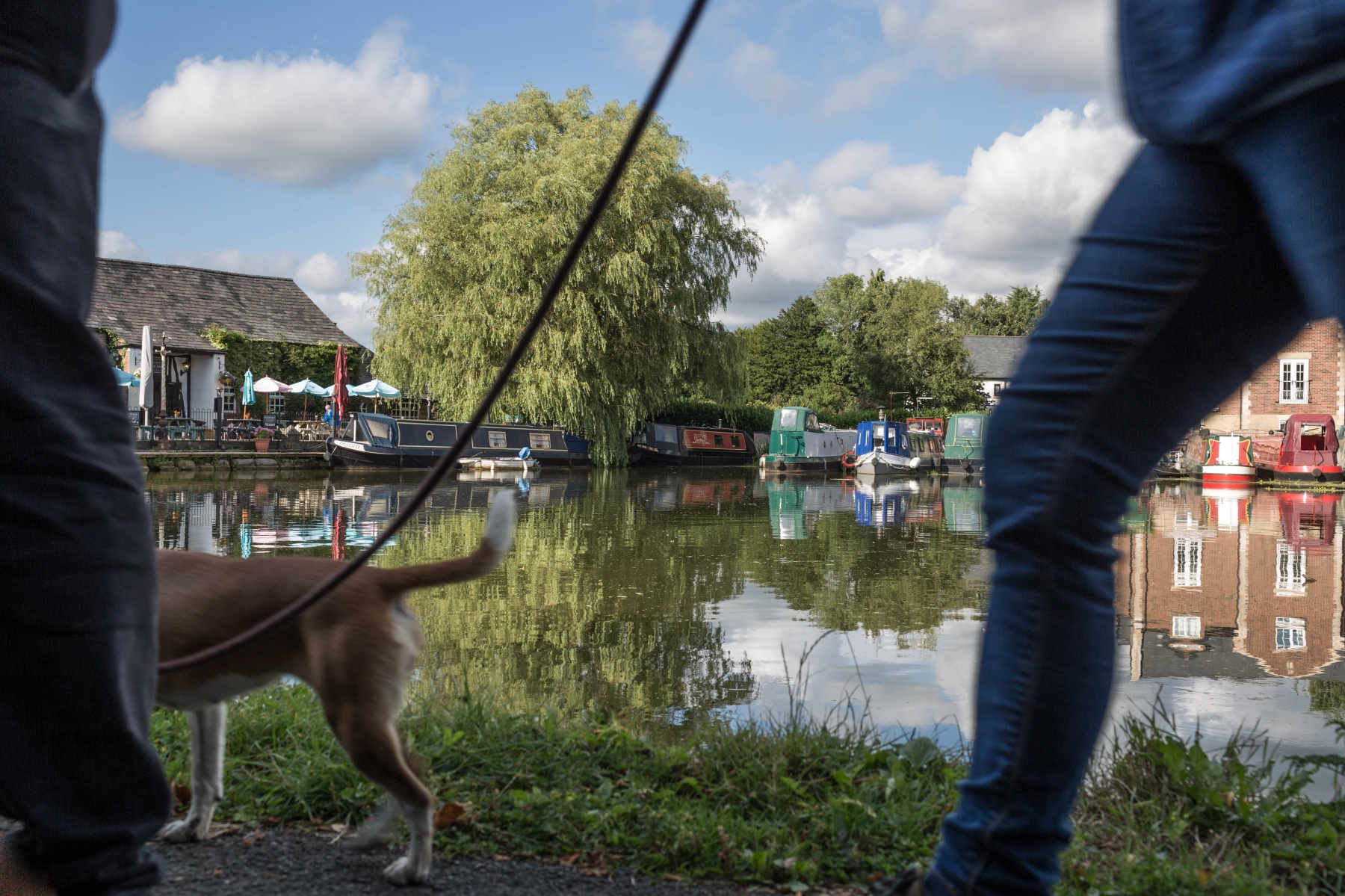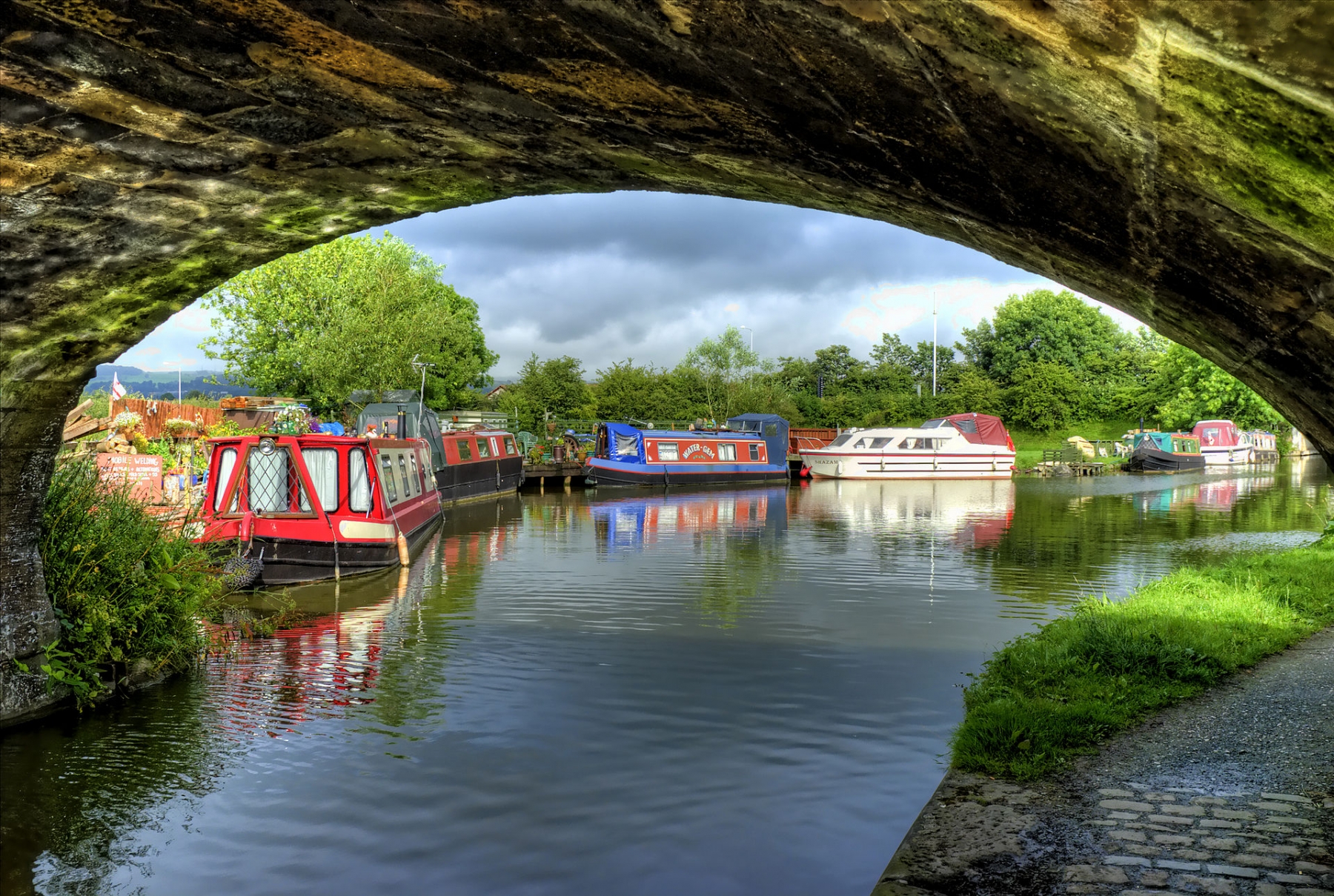The Canal
The canal, originally constructed for the passage of freight, was first opened in 1791. Originally intended to carry coal and limestone, by 1820 the Canal Company was operating its ‘fly’ passenger service, which travelled at 8 m.p.h. from Preston to Kendal via Garstang. The journey took 14 hours and the fare cost 3 shillings! In its heyday, the passenger service carried 30,000 passengers per year.
Th'Owd Tithebarn
Across the canal, you will see a restored 18th century tithebarn.
Tithebarns were used to store the tithes (or taxes) which everyone paid to the church. Originally, people gave the church 10% of everything they grew, raised, or made. Later, they paid the equivalent in money.
Th’ Owd Tithebarn is now a popular restaurant and stands on the side of Garstang’s canal basin, where - in the canal’s heyday - goods were unloaded. Today, it provides moorings for many pleasure craft and a home for ducks and swans.
Wyre Aqueduct
Further along the canal you will cross the Wyre Aqueduct.
This single span aqueduct, designed by John Rennie, dates from 1797. It is 110 feet long and carries the canal 34 feet above the River Wyre, which winds its way to the sea at Fleetwood.
The Old Mill Race
Take the steps down from the Aqueduct and begin to follow the path below.
Walking eastwards along this path you will soon notice a deep, dry channel on your left, separate from the river. This was the Old Mill Race: a waterway (or leat) which conducted water between the river and the old Corn Mill.
In the past, a large weir raised the level of the River Wyre to 9 feet which meant that water could be channelled to the thundering mill wheel which powered the millstones. The weir was also fitted with a salmon ladder which helped fish make their way past the weir and continue their journeys along the river.
With the weir destroyed, the river has returned to its original, lower level.
The Corn Mill
A Fulling Mill existed here in the 13th Century to process cloth from Cockersand’s Abbey Estate. There has been a Corn Mill here for over 300 years. Unusually, the mill wheel was housed in a tunnel under the building. Note the hoist mechanism above the windows on the front. The Corn Mill is now a nursing and residential care home.

